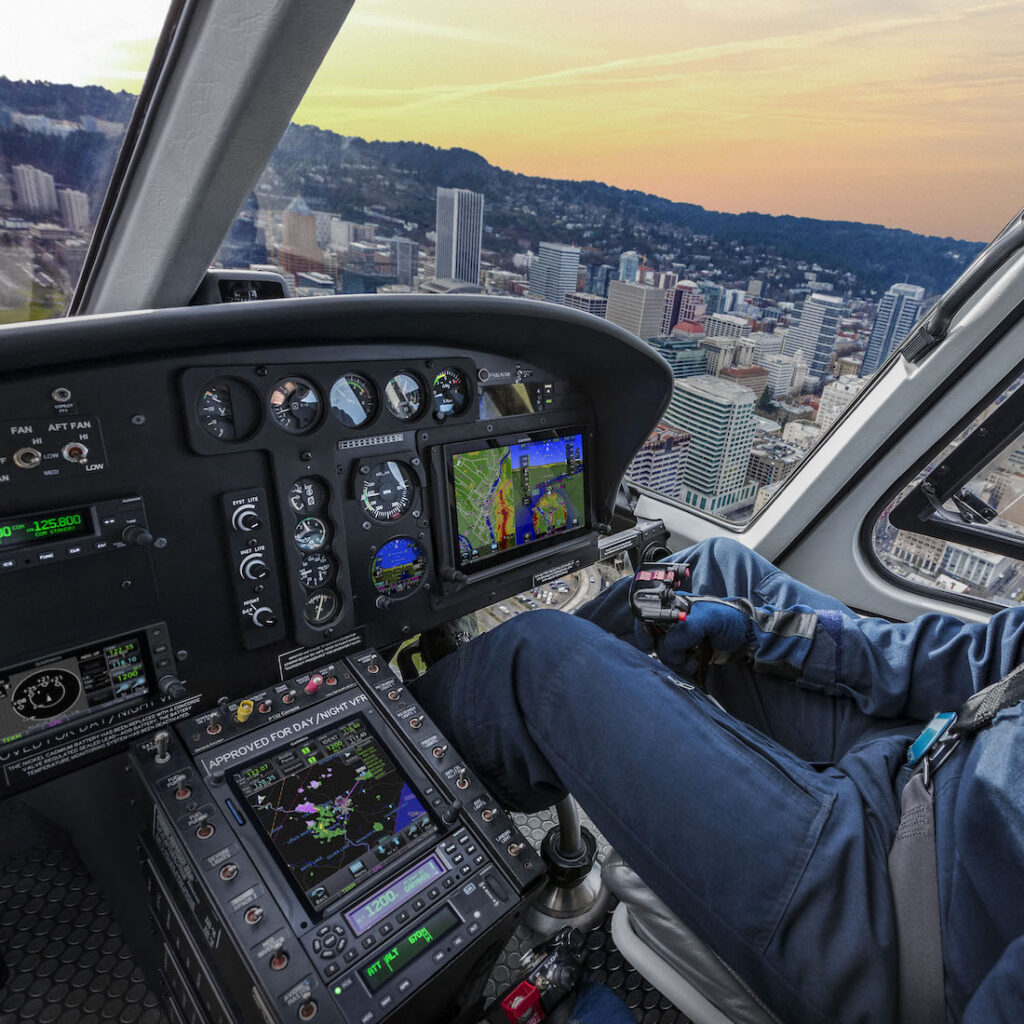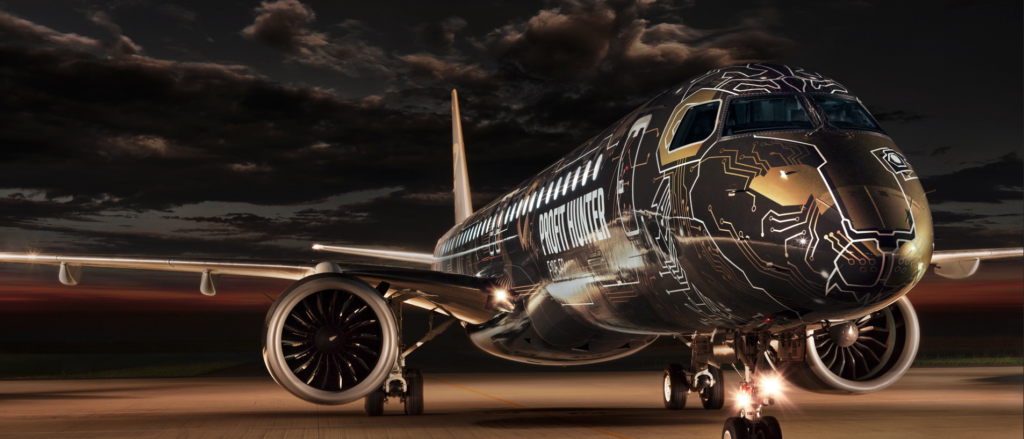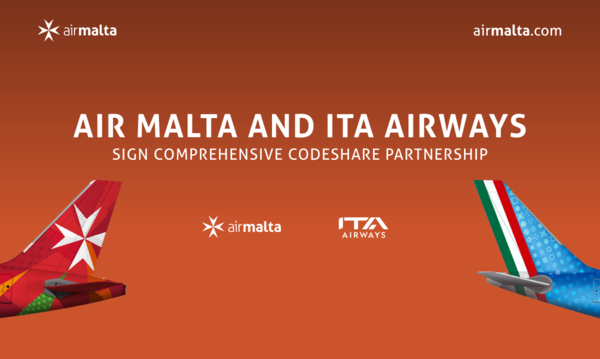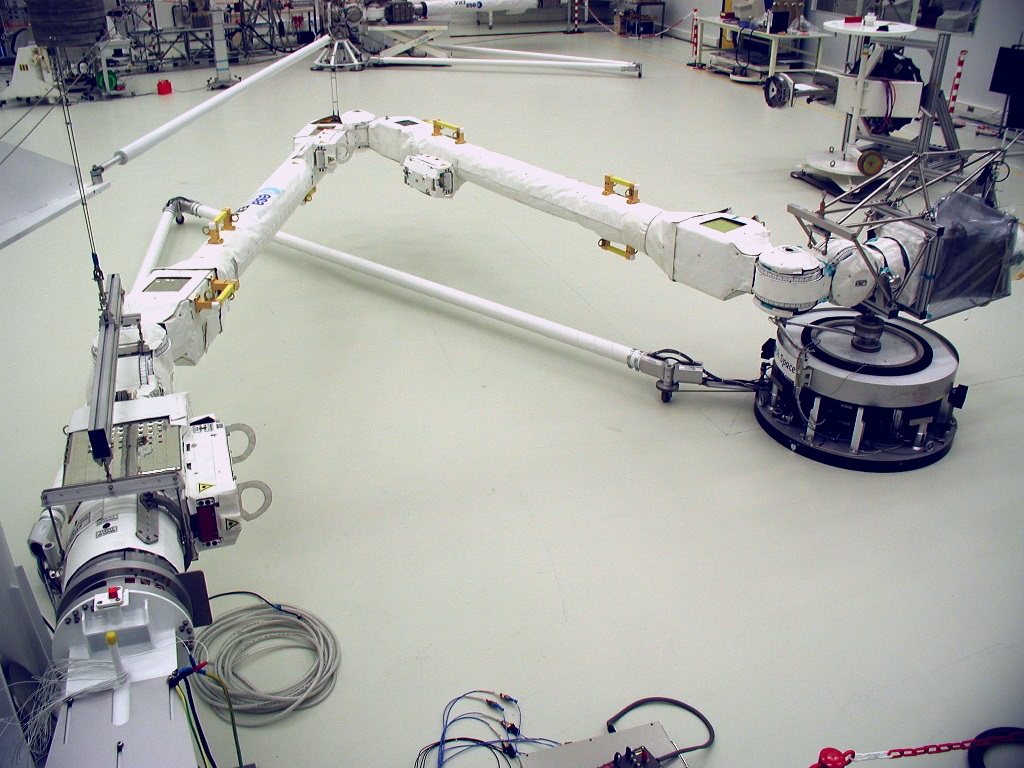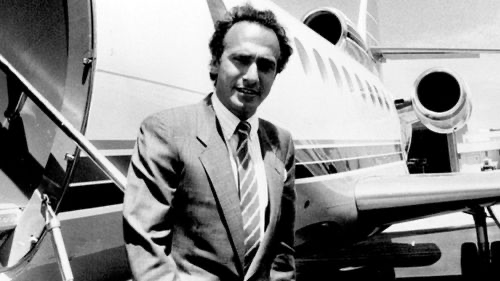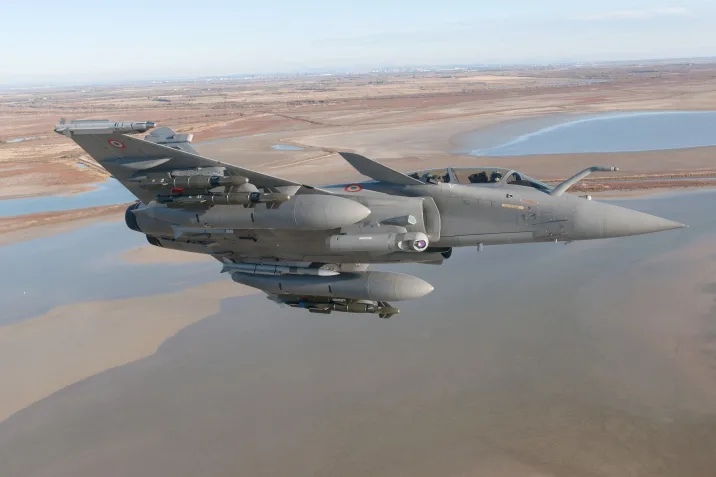Textron Aviation delivers the first flagship Cessna Citation Longitude registered in Mexico
WICHITA, Kansas (BUSINESS WIRE) - Textron (NYSE: TXT) Aviation today announced that it has delivered the first flagship Cessna Citation Longitude super-midsize business jet registered in Mexico to a customer who plans to utilize the aircraft for…

